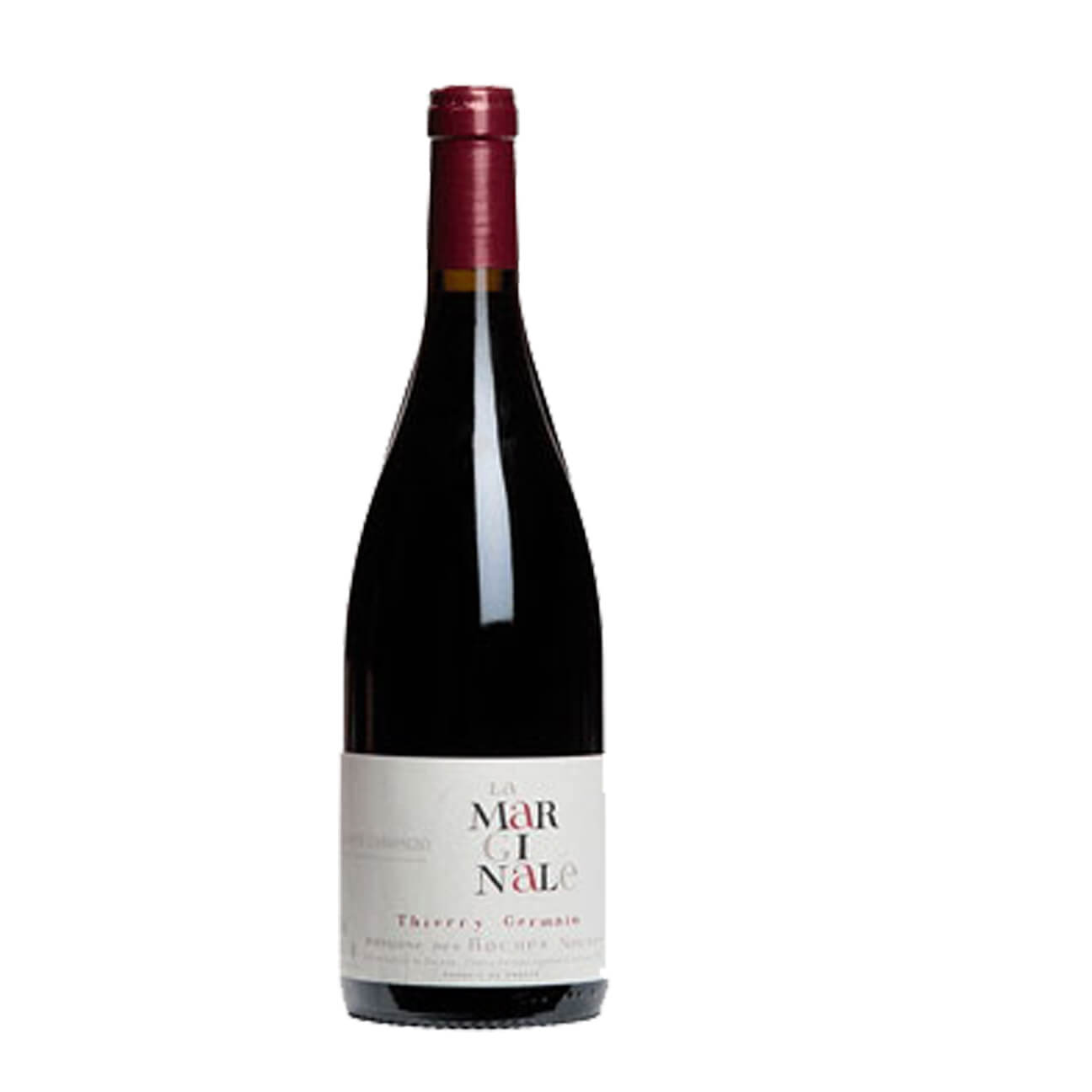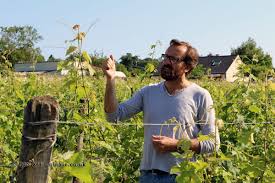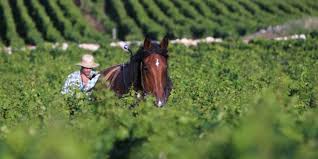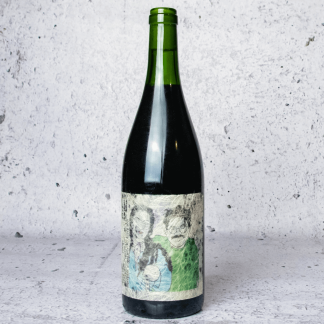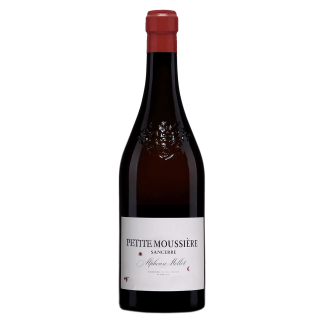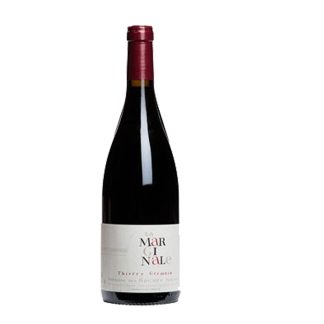Description
“One might think that Thierry Germain was going to take a break. Indefatigable, he continues to progress in refining each of his cuvées. All of his wines are superb, but not easy to obtain because the demand for them is so great.” Michel Bettane
“This year, a third star is awarded to the Domaine, a reward for their dazzling array of flawless quality… The range is now irreproachable” La Revue de Vins du France
“His goal is to have his cabernet franc exhibit the silky elegance of pinot noir. In fact, many of his Saumur-Champignys do taste more like Burgundy than a lot of pinot noirs on the market.” Josh Reynolds, vinous.com
“Thierry Germain has lead the Domaine des Roches Neuves to become one of the finest wine producers in the entire Loire valley, and surely to become one of the top red wine domaines in Saumur; although, the Chenin Blancs are also more than remarkable.” Stephan Reinhardt, The Wine Advocate
Our notes:
In many ways, Thierry Germain is a producer that is extremely rare in the tiny Saumur-Champigny appellation; a grower producing wine of such quality that they demand the world sit up and take notice. And the style of wine produced here is not only totally unique, but has evolved significantly for the better in recent years. In short, at Domaine des Roches Neuves, Germain has achieved for Cabernet Franc in Saumur what, for example, François Chidaine has achieved with Chenin in Montlouis; wines of silky, swaggering texture, complexity and beguiling purity made with a passion and outward looking mentality that has had a galvanizing effect on the region as a whole. In doing so Germain, himself inspired by the wines of the reclusive Foucault brothers at Clos Rougeard, has motivated small legion of local growers—no less than eleven producers (we know of) have followed him into organic or biodynamic practices.
Since his arrival to the region in 1991 Germain has been hell-bent on producing, with Cabernet Franc and Chenin Blanc as the loudspeaker, a purist’s expression of this undoubtedly fine limestone-laced terroir. Biodynamic viticulture, ultra low yields and ‘hands off’ elevage are the order of the day here. Sure, with his attention to detail, miniscule yields and searching, cutting-edge technique, he’s shocked many a local and ruffled a few feathers along the way – but this is typical of so many avant-garde growers, especially those that have come from another region to make their mark (Germain came from Bordeaux). Today, Roches Nueves hold a coveted three star rating by La Revue de Vins du France – only one of seven producers in the Loire Valley with this rating (the last time we checked!) and only the second grower in Saumur, along with Clos Rougeard, to achieve this rating.
For perspective on the evolution of the wine style here, we find the following anecdote instructive. Since Germain’s early days at Roches Neuves, his mentor and friend Nady Foucault of Clos Rougeard would often drop by to taste and comment on Germain’s new vintage wines. In the early years Foucault would share his wisdom over a glass of one of Germain’s cuvées and then move on. As the years progressed and Germain began to master his terroirs and refine his winemaking, Foucault would stay a little longer, indulging in two or three glasses. Nowadays, there is always a bottle or two that gets polished off. Foucault has been sending Germain a clear message and it was one well received.
• Roches Neuves’ cadre of vineyards in Saumur Champigny’s south-east include prized parcels in what are considered the finest terroirs of the appellation (including the great limestone slope of Poyeux and the ancient Clos vineyards of Parnay L’Echelier and Les Moulins). The name Champigny is said to derive from Campus Igni, which is Latin for “field of fire” and is said to refer to the ability of the tufa to retain heat and, therefore, encouraging the grapes to ripen earlier than in than the surrounding area. The soils also yield softer, rounder and less angular wines than better-known red wines of Touraine (Chinon, Bourgueil, etc).
• As with any great grower, the quality of the vineyard is the most important foundation. Second in order of importance is the vineyard work. Viticulture here is fully biodynamic. Obviously no herbicide or pesticides are used at all and only a small amount, when necessary, of natural compost is added to the soil. Germain plants trees to encourage biodiversity in his vineyards (some 100 species of flora coexist with his vines). All harvesting is manual. Each second row is ploughed with natural plant life holding court in the odd rows. The labour intensive, biodynamic agriculture here is now, literally, second to none – recent developments include the reintroduction of horse ploughing, the establishment of a massale vine nursery, and the hand-tucking of vine shoots back into the canopy (see below).
• The influence of François Bouchet, a close friend and mentor of Germain and until his death one of France’s leading biodynamic consultants (at Leroy, Domaine Leflaive and Domaine de la Romanée-Conti) continues to have a marked impact on the quality of the domaine’s fruit. In particular, two practices uncommon the Loire are nicely summed up by Chris Kissack on his winedoctor.com website. “During the growing season Thierry has moved away from trimming the tops of the vines, preferring instead to gather and roll the shoots around an extra top-wire in the trellising (the Roches Neuves vines are trellised along a five-wire system, more than the norm), in doing so he does not remove any of the leaves, believing this will lead to a better, more natural ripening. A natural extension of this practice is that Thierry does not engage in leaf-plucking either in doing so he believes he allows the vines to ripen the fruit using the energy the plant receives. To take away the leaves, says Thierry, is to turn this responsibility over purely to the sun, which then produces a more masculine wine (the sun being the father, and the earth the mother, in Thierry’s universe).”
• Germain works predominantly with old vines; the standard cuvée includes fruit from 25+ year old vines and as you go up the scale the vines get incrementally older. The Insolite white cuvée comes from a single vineyard of 90-year-old Chenin Blanc, while the vineyard that supplies Les Mémoires is thought to be one of the oldest Cabernet Franc vineyards in the Loire. The Domaine uses selection massale for any replants and the density of the vineyards is 8,000-10,000 vines per hectare.
• The domaine owns two cheval Ardennais (one of the oldest breeds of draft horse). Unlike most domaines, where the ploughing is contracted out to a specialist, Roches Neuves house and work with their own horses.
• While yields of most properties in the area average upwards of 60 hectolitres per hectare, Roches Neuves averages just shy of 30 hl/ha, with some bottlings as low as 15 hl/ha. Ripeness at low alcohol is a feature of Germain’s most recent releases.
• Before the berries make it into the selection there is a painstakingly strict sorting to ensure only perfectly healthy and ripe fruit make it to vat. The wines are left – in a variety of receptacles, depending on the cuvée – to start their fermentations with indigenous yeasts.
• The last decade has seen Germain completely change his approach re: oak and extraction. Today the Domain practices very gentle extraction (if at all) by foot or wooden paddle and there is much more reliance on larger and older format oak. This includes 60 hl oak vats – so big they had to be built on site – 25 hl foudres and 1200 litre Austrian oak ovals (for the white Insolite). These larger vessels bring a far greater level of vineyard transparency, purity of fruit and heavenly suppleness to Germain’s cuvées.
• The wines are neither find nor filtered, Germain preferring to leave the wines to naturally settle in the cool tufa cellars before bottling.


